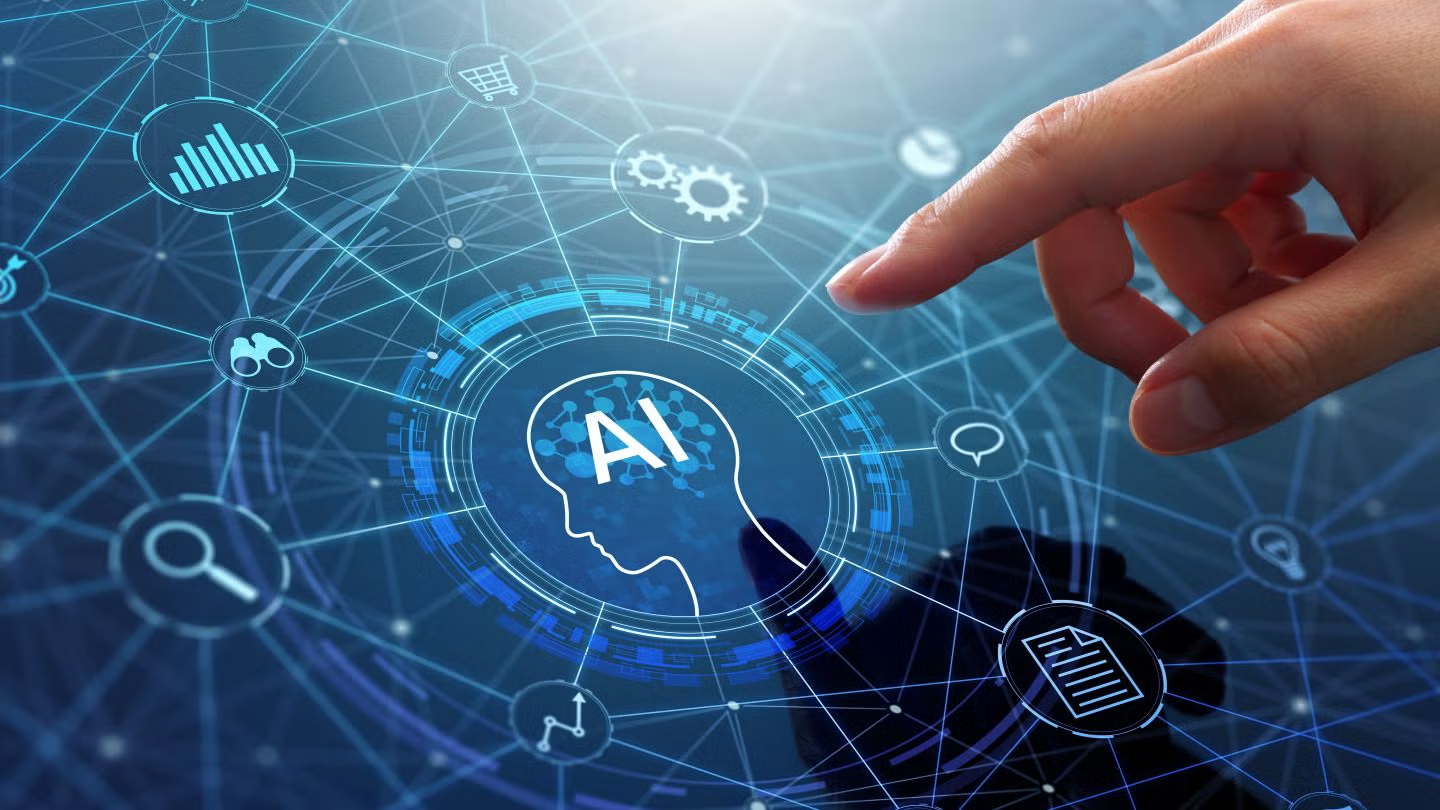Innovations in AI technologies are changing both the production and consumption of content. In particular, challenges surrounding trust and authenticity arise with the advent of machine-written text. A detector de IA effectively resolves the issue of differentiation between human writing and text produced by a machine. The following paragraphs outline the relevance of AI detection in the digital landscape, along with its definition, function, and significance.
What is a Detector de IA?
A detector de IA is an AI content detection tool that scans text to identify whether it was authored by a human or an intelligent machine. The tool analyzes the text’s phrases, syntactic structure, and vocabulary. The tool estimates AI involvement by measuring these patterns against vast datasets.
Why AI Detection is Important
The emergence of AI-generated content has both laudable and nefarious applications. It can enable writers to save time, but it also fosters an environment rife with deceitful content, sophisticated plagiarism, and an incessant torrent of unsolicited digital noise. Trust fosters the relationship between content creators and their audiences, which is why content reliability is crucial. Therefore, businesses, educators, and publishers resort to a detector de AI to validate text authenticity and AI plagiarism detection.
How a Detector de IA Works
AI detection tools analyze a text based on several criteria:
Perplexity and Burstiness – These criteria examine how chaotic or orderly the text is and if it follows a pattern or is random.
Sentence Structure – AI-generated text includes structured uniform sentences, while humans write with more variation and unpredictability.
Word Choice – Uncommon pairings and repetition are hallmarks of AI-generated text.
Stylistic Consistency – Unlike machines, humans display natural inconsistencies in their work.
By looking at these criteria, a mechanism detecteur ia can categorically score the likelihood an AI has produced a text.
Top Benefits of Using a Detector de IA
Content Authenticity – Validates that text such as articles, essays and reports, were authored by people.
Academic Integrity – Supports teachers in identifying AI-generated work that students submit.
Brand Protection – Shields a business’s reputation by eliminating the risk of AI spam.
SEO Performance – Search engines prioritize original and quality human content.
Industries That Rely on AI Detection
Education – To curb student AI cheating.
Journalism – To ascertain the authenticity of a source.
Marketing – To make sure a brand’s marketing and advertising is original.
Publishing – To prevent inauthentic book and article submissions.
Choosing the Best Detector de IA
While looking for a tool, the following should be kept in mind:
Accuracy Rate – Look for tools with proven high detection precision.
User Interface – A straightforward and easy-to-use dashboard helps in time management.
Speed – Verification of content is done in an efficient manner due to fast processing.
Multi-Language Support – A huge bonus for international companies.
Best Practices for AI Content Detection
For optimum accuracy, several tools should be utilized.
Keep tools current to counter new AI models.
Make sure your staff understands the dangers of AI content.
Important documents should be checked twice for accuracy and precision.
The Future of AI Detection
As AI quickly evolves, its detection counterparts evolve, too. In the future, detection tools will not only have the capability to identify AI-generated documents but AI-generated imagery, videos, and audio as well. This will be crucial for countering deep fakes and digital misinformation.
Conclusion
In a world where the creation of content from AI is the norm, a detector de IA is necessary to maintain authenticity. The tools are required to stop the spread of misinformation and plagiarism for the education, journalism, and business sectors. The growth of AI will also emphasize the need for reliable detection tools.

